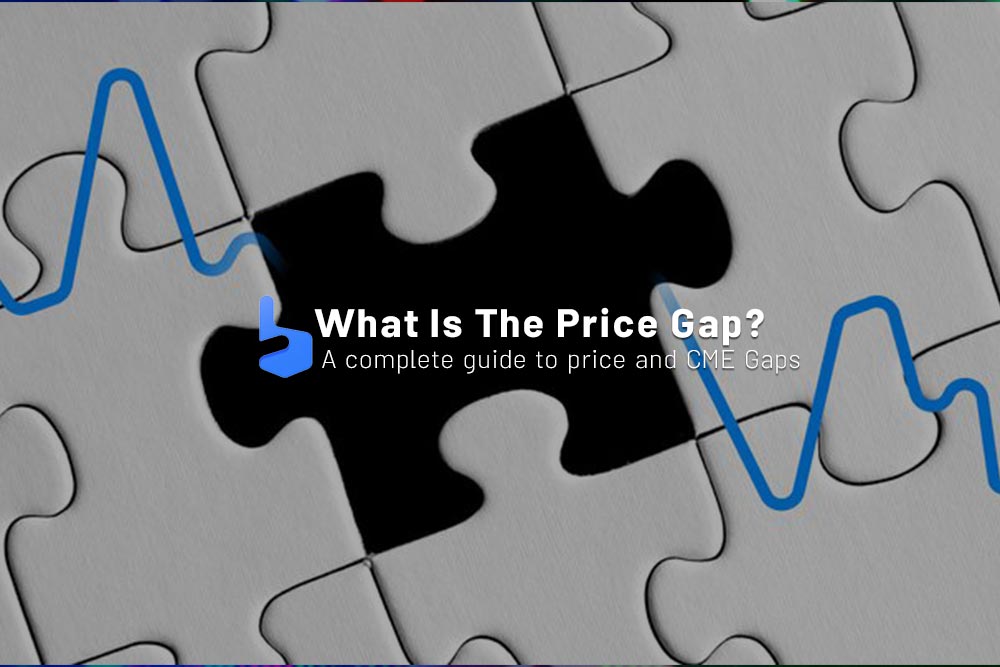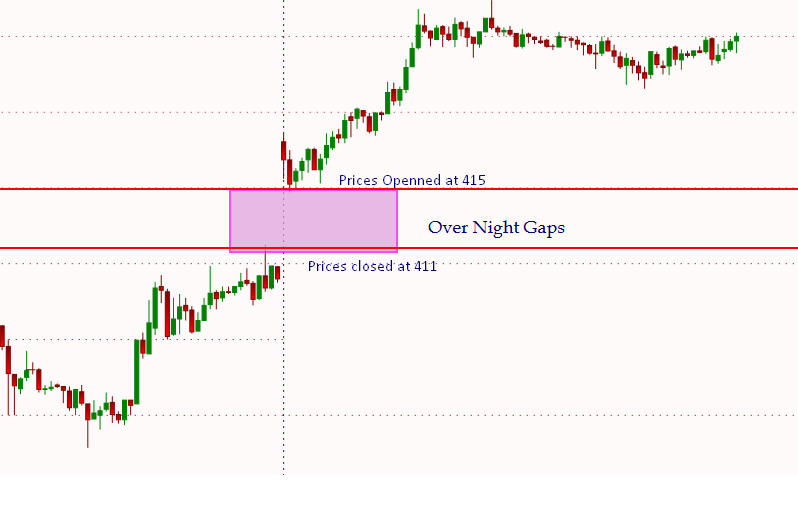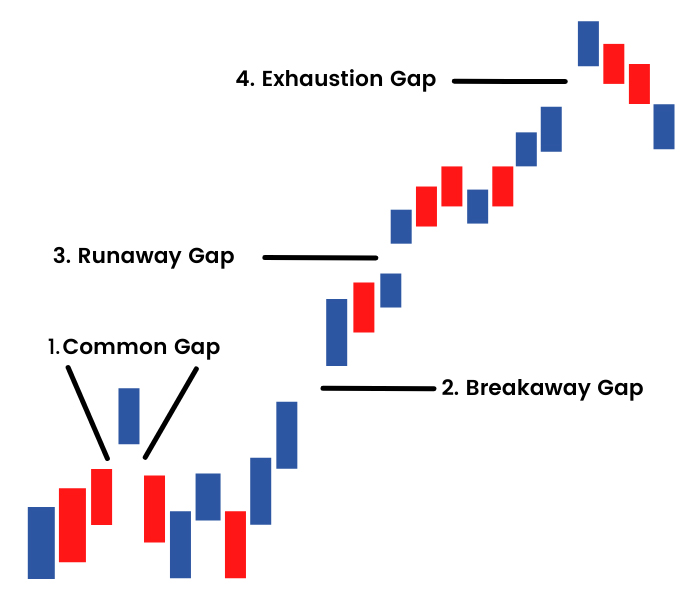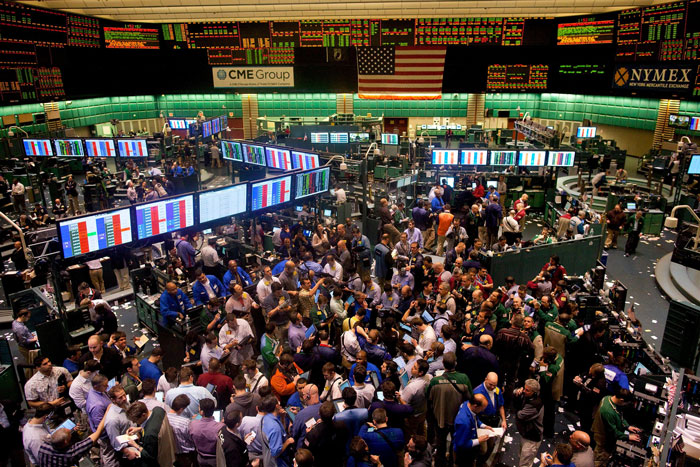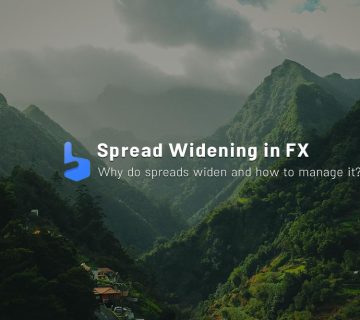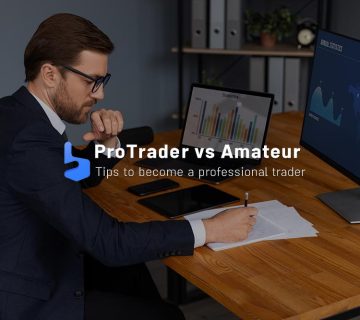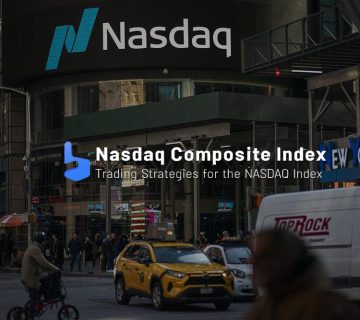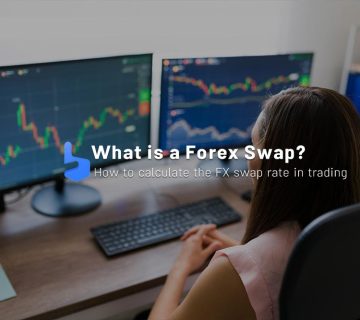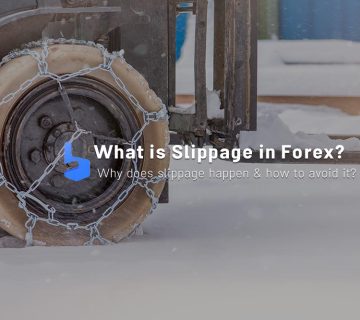What you are about to read:
In the world of forex trading, there are various terms and concepts that traders need to be aware of for success. Two such phrases are “price gap” and “CME gap,” and understanding them is crucial for traders as they can significantly impact trading outcomes. In this article by Brokerland, we will explore what these gaps are, why they occur, and how traders can manage them to minimize risks and maximize profits.
What is a Price Gap?
A price gap, also known simply as a “gap,” is a term used in forex trading to describe a situation where the price of a currency pair opens significantly higher or lower than the closing price of the previous day. Price gaps occur when a sudden change in market sentiment, the release of news, or other events affecting the value of a currency pair takes place. These gaps can occur in any financial market, but they are particularly common in the forex market, where trading is 24 hours a day and five days a week.
Price gaps can be categorized into three types: exhaustion gaps, continuation gaps, and breakaway gaps. Breakaway gaps occur at the beginning of a trend and are usually accompanied by high volume and strong movement. On the other hand, continuation gaps occur in the middle of a trend and indicate the continuation of the trend. Exhaustion gaps occur at the end of a trend and signal a reversal. Understanding the type of price gap can assist traders in determining the market direction and making more informed trading decisions.
Why do gaps occur?
Price gaps can occur for various reasons. They may result from unexpected news, the release of economic data, or geopolitical events that impact the value of a currency pair. For example, if a central bank unexpectedly increases interest rates, it can create a gap in the forex market. Similarly, a sudden political crisis can also lead to a price gap.
these gaps can also occur due to technical factors and types of forex orders, such as stop-loss orders, market orders, or limit orders. For instance, if a trader sets a stop-loss order at a specific level and the market price suddenly drops below that level, it can activate the stop-loss order and create a gap.
An example of a price gap for better understanding
Let’s assume the EUR/USD currency pair closed at 1.2000 in the forex spot market at the end of the week. Over the weekend, significant news is released, prompting traders to adjust their positions in the futures market, such as CME. As a result, the futures contract price for EUR/USD moves significantly, and when the forex spot market opens on Monday morning, the EUR/USD currency pair opens at 1.2050, creating a price gap of 50 pips.
In this scenario, traders who had placed a buy order for the EUR/USD pair at 1.2000 would miss out on the price gap and would need to enter the market at a higher price when it opens on Monday. On the other hand, traders who had placed a sell order for the EUR/USD pair at 1.2000 would benefit from the gap, as they could sell the currency pair at a higher price when the market opens on Monday.
This example illustrates how a gap can occur when there is a sudden change in market sentiment or the release of news that affects the value of a currency pair. Traders who are aware of market events and can quickly react may leverage price gaps and potentially profit from them. However, traders who are not prepared for these gaps may experience unexpected losses or missed opportunities.
What is CME Gap?
CME stands for Chicago Mercantile Exchange, which is the largest futures exchange in the world. CME offers a wide range of financial products, including futures and options contracts traded in various asset classes, such as currencies, commodities, and equities. CME operates under a trading system with open-outcry, where traders gather in a trading pit to buy and sell futures contracts.
In the forex market, CME provides futures contracts on currency pairs like EUR/USD, GBP/USD, and USD/JPY. These futures contracts are standardized agreements that specify the quantity, quality, and delivery date of the underlying asset. CME also offers options contracts on currency pairs, giving traders the right, but not the obligation, to buy or sell the underlying asset at a specified price on or before a particular date.
Why do traders use CME Gaps?
Traders use CME gaps for various reasons. Firstly, CME provides traders with access to a wide range of financial products, including futures and options contracts in different asset classes. This allows traders to diversify their portfolios and manage risks more effectively.
Secondly, CME offers a transparent and regulated trading environment. Operating under the oversight of the Commodity Futures Trading Commission (CFTC), a U.S. government agency regulating futures and options markets, CME ensures that trades are conducted in a fair and transparent manner. This gives traders confidence that their transactions are fair and transparent.
Thirdly, CME allows traders the possibility of trading 24 hours a day. Traders can trade futures and options contracts on currency pairs even when the cash market is closed. This provides them with more flexibility in managing their trading strategies and responding to market events.
How are Price Gaps and CME Gaps related?
Price and CME gaps are related in the sense that a price gap can occur in the forex cash market when the CME futures market is closed. When the cash market is closed, traders can still access the CME futures market to trade currency futures and options contracts. If there is a sudden change in market sentiment or the release of news that impacts the value of a currency pair during the closing of the cash market, it can lead to a gap when the cash market reopens.
For example, if important news, such as an unexpected central bank interest rate decision, is released while the forex cash market is closed, traders may adjust their positions in the CME futures market. This adjustment can cause significant movement in the futures contract’s price, leading to a gap when the cash market opens.
How Traders Can Manage These Gaps?
Traders can manage price and CME gaps by employing a wide range of trading strategies and risk management techniques. Here are some strategies that traders can use:
Use Stop-Loss Orders: Traders can use stop-loss orders to limit their losses in case of a gap. A stop-loss order is a customized order to sell a currency pair at a predetermined price if the market moves against the trader’s position. By using this order, traders can limit potential losses in the event of a price gap and prevent margin calls.
Stay Informed About Market Events: Traders need to stay informed about market events that can impact the value of a currency pair. This includes the release of economic data, central bank meetings, and geopolitical events. By staying aware, traders can anticipate potential price gaps and adjust their trading strategies accordingly.
Utilize Hedging Strategies: Traders can use hedging strategies to minimize their exposure to price gaps. One hedging strategy involves taking a position in the CME futures market to offset the risk of a gap in the forex cash market. For example, if a trader has a buying position in the EUR/USD currency pair in the cash market, they can take a buying position in the EUR/USD futures contract in the CME market to hedge their position.
Trade During Low Volatility Periods: Traders can minimize the risk of price gaps by trading during periods of low volatility. This is because gaps are more likely to occur during high-volatility periods, such as when significant news or geopolitical events unfold. Trading during low-volatility periods can help traders reduce the likelihood of experiencing these gaps.
Conclusion
In conclusion, price gaps and CME gaps are crucial concepts for forex traders to understand as they can significantly impact trading outcomes. Gaps can occur when there is a sudden change in market sentiment, the release of news, or other events that affect the value of a currency pair. CME provides traders with access to a broad range of financial products, including futures and options contracts on currency pairs, that can be traded 24 hours a day.
Traders can manage price and CME gaps by employing a variety of trading strategies and risk management techniques, such as using stop-loss orders, staying informed about market events, utilizing hedging strategies, and trading during low-volatility periods. By understanding the relationship between these two gaps and how to manage them, traders can minimize their risks in financial markets and maximize potential profits.

